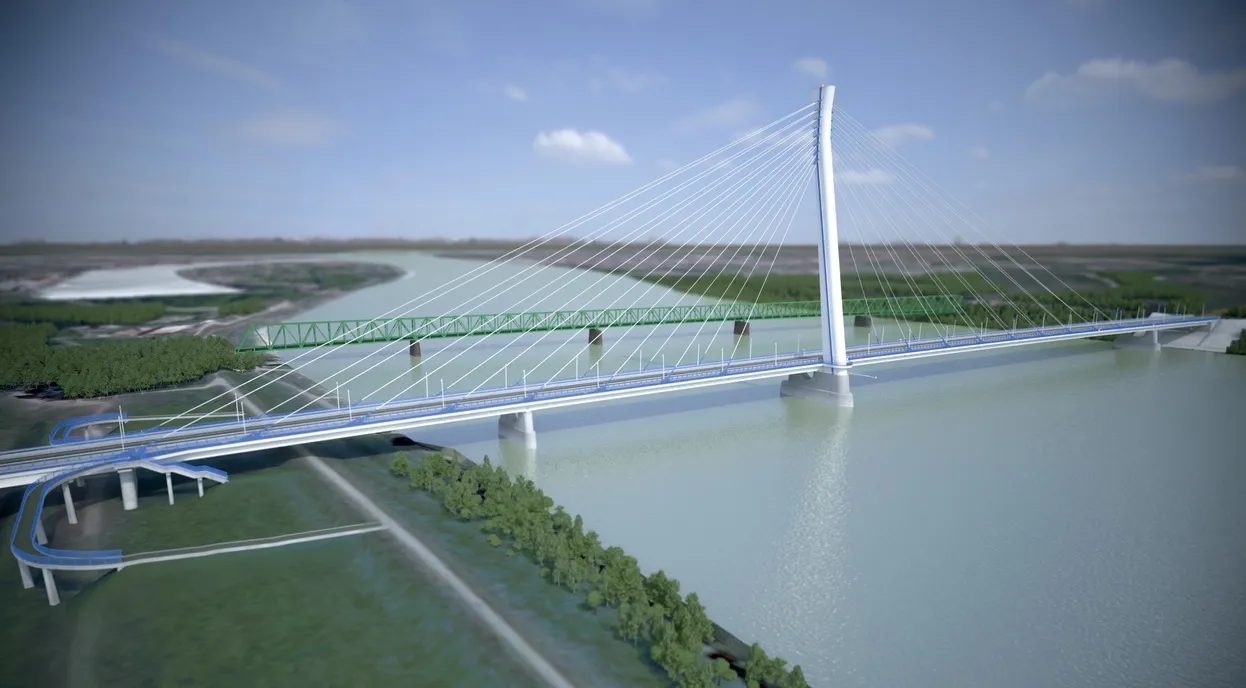Work will restart on the 15.2km D1 bypass around the Slovakian town of Ružomberok after the government and contractors amended the contract.
The consortium of OHL ZS and Vahostav-SK and the National Highway Company (
As a result, the cost of the D1 section (Hubova to Ivachnova motorway) has risen by €61 million to €227 million.
Work was suspended after a landslide in 2015. The newly estimated opening date of the section is 2022, five years late, according to the Spector newspaper.
Builders will be able to start work on the suspended parts of the motorway - including the Čebrať tunnel, immediately after an environmental impact assessment is finished at the end of January, assuming there are no appeals.
Ružomberok, with a population of around 45,000 including its surrounding area, is in the Liptove region in northern Slovakia. It lies around 260km from the Slovakian capital Bratislava.
Restart for Slovakia’s Čebrať tunnel and Hubova-to-Ivachnova D1 section
Work will restart on the 15.2km D1 bypass around the Slovakian town of Ružomberok after the government and contractors amended the contract. The consortium of OHL ZS and Vahostav-SK and the National Highway Company (NDS) recently signed and addendum to the contract that includes an extension of section’s Čebrať tunnel by1.6km to 3.6km and shortening of the road by around 300m. Because of continuing geological concern, NDS had earlier decided to reroute the road and the tunnel. As a result, the cost of the
December 13, 2017
Read time: 2 mins







